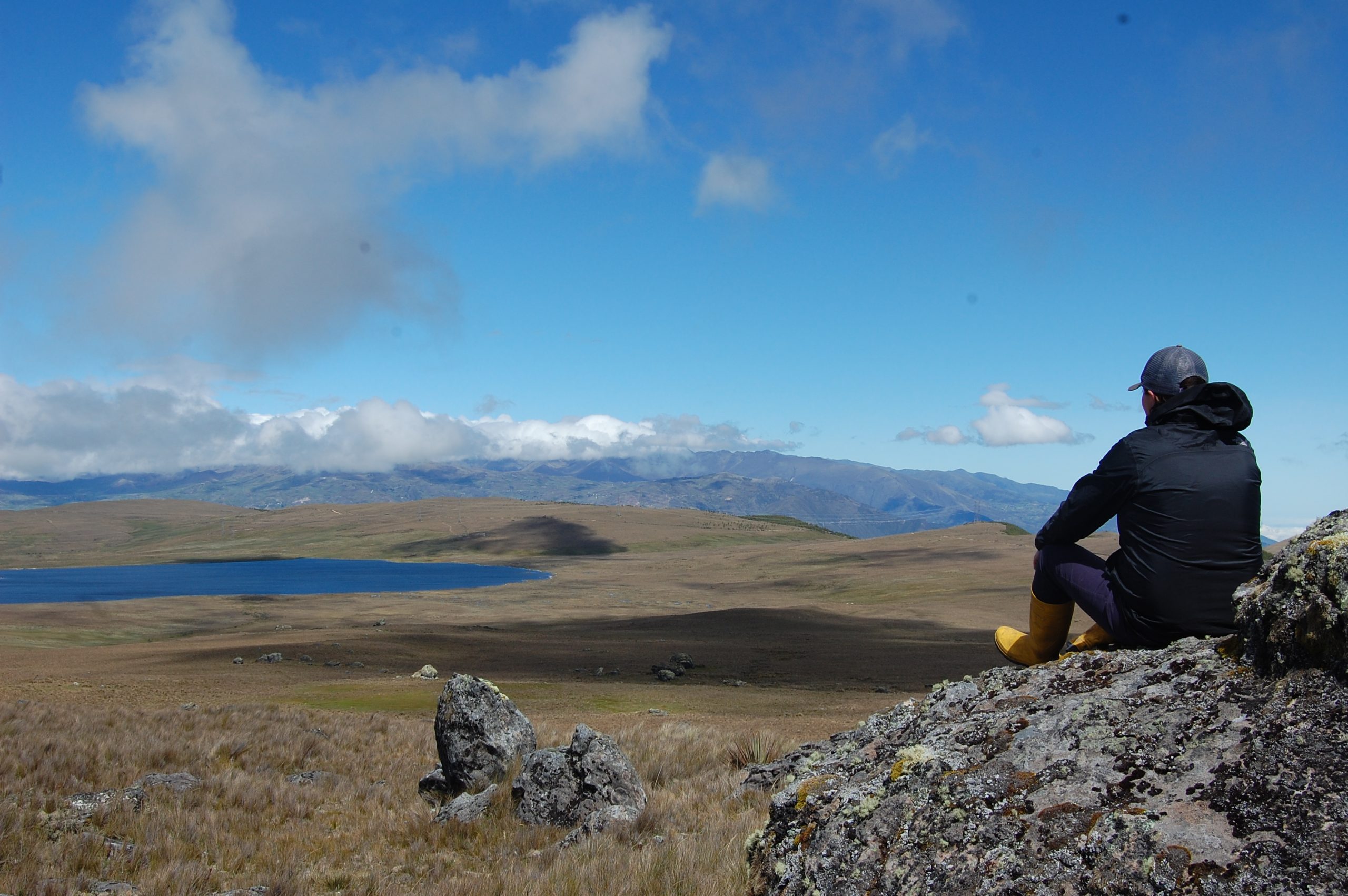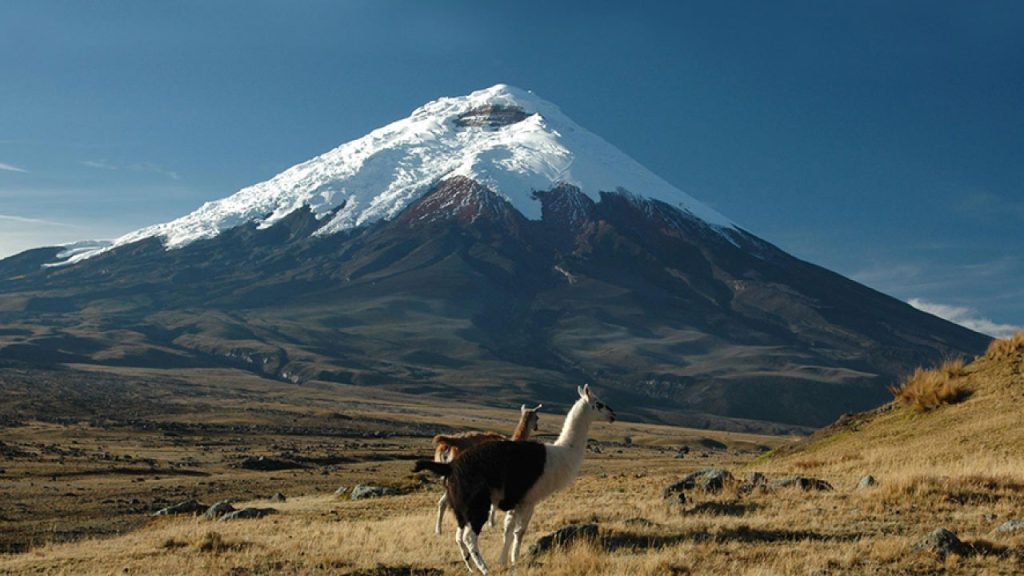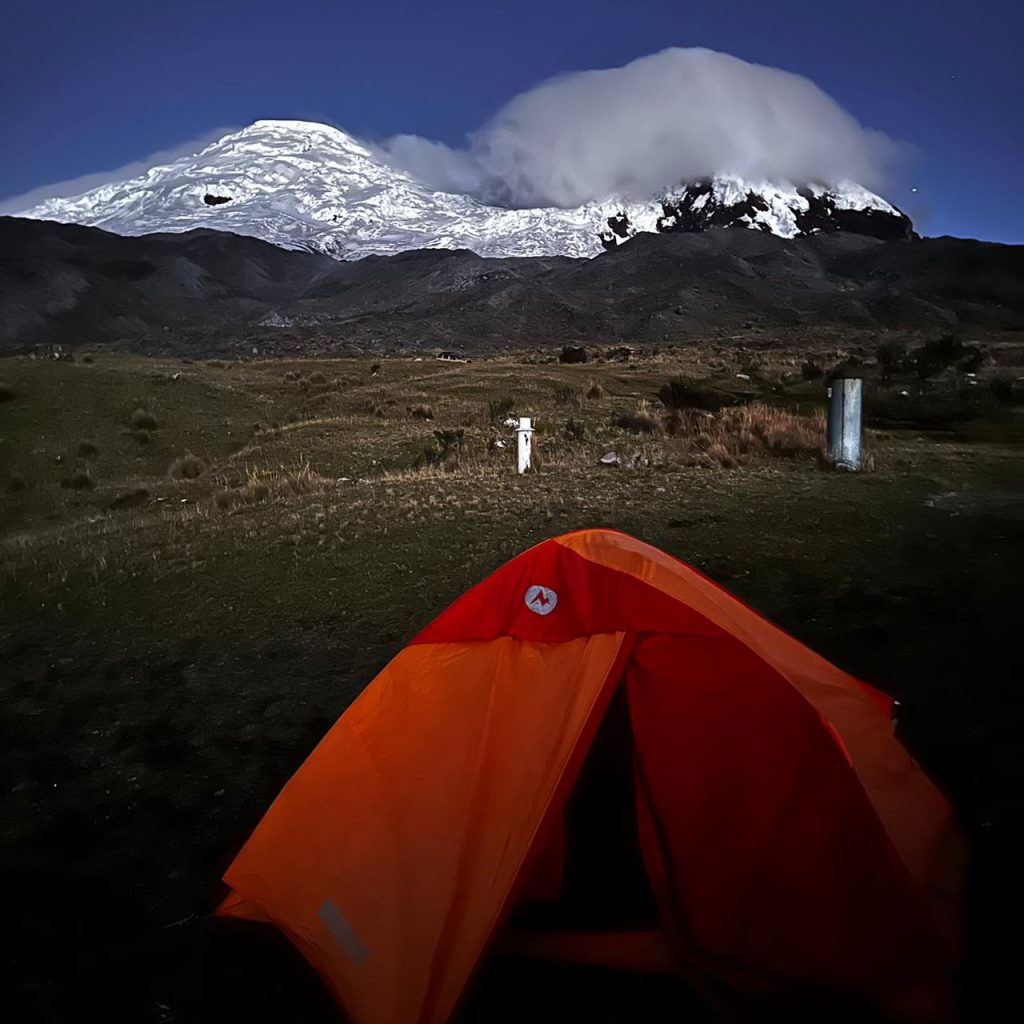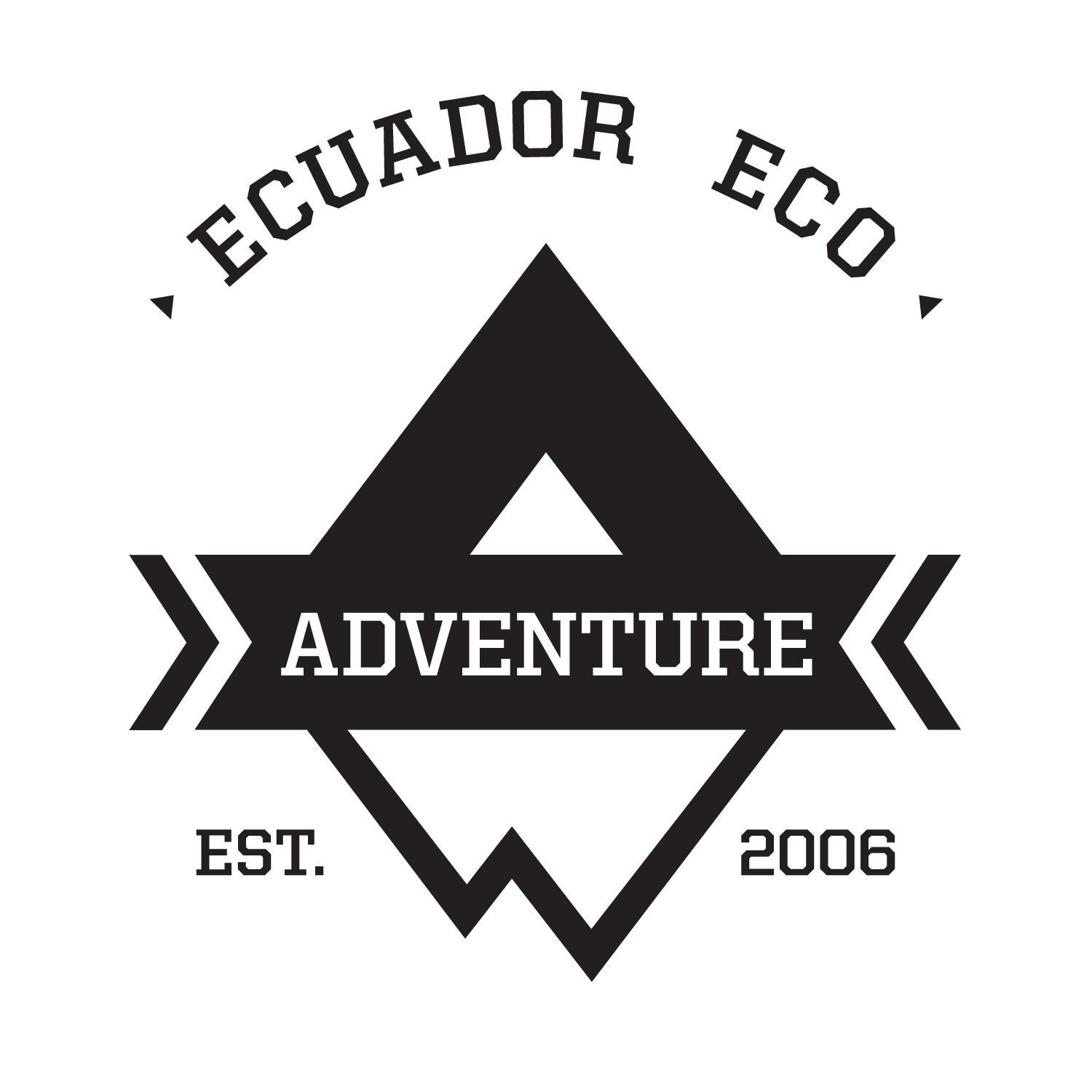
Condor Trek
The condor trek or, trek of the Condor in Ecuador:
A Journey Through the Heart of the Andes
Our Trek of the Condor Ecuador is a true bucket-list experience—and we’re proud to say it’s featured by and listed on National Geographic Travel as a recommended route and resource for anyone wanting to hike the Condor route. National Geographic’s guide highlights the raw beauty of the route between Papallacta and Cotopaxi and even points readers toward outfitters (including Ecuador Eco Adventure) that run guided treks along the trail. National Geographic

The power of the Andes and the Antisana volcano trek
Walking the Antisana volcano trek means moving through high-altitude páramo, glacial cirques, and volcanic shoulders that shape Ecuador’s central spine. Antisana itself towers above the route—a glacier-capped stratovolcano that reaches roughly 5,700–5,758 meters and dominates the skyline. Its glaciers and moraines remain one of the most visible reminders of climate change in the tropical Andes, and the mountain is a critical hydrological source for the surrounding valleys.
Wildlife in Antisana
The wildlife in Antisana is astonishingly diverse for such high elevations. The Antisana Ecological Reserve protects species ranging from the Andean condor to rare mammals and specialized birdlife. Hikers on the Condor route often scan the skies for condors riding the thermals; on the ground you may spot white-tailed deer, wild horses, Andean foxes and other species adapted to the páramo and high Andean wetlands. The reserve’s species list and conservation status underscore how unique this corridor is for hiking Ecuador and for conservation-minded travelers.
Flora of the highlands
Páramo vegetation defines much of the scenery: frailejones, cushion plants, lichens and tussock grasses that cling to thin soils and funnel moisture into streams and lagoons. These plants are not just scenic — they act as sponges that regulate water flow and sustain downstream communities. For anyone interested in Andes trekking, the plant communities of the Condor route are as much a highlight as the volcanic skyline.

Glaciers, water and urgency
Antisana’s glaciers feed lagoons and headwaters that supply Quito and nearby valleys. Scientific studies and development reports document glacier retreat across Antisana and neighboring volcanoes; this loss affects water availability for agriculture and cities and changes the very character of high-Andean ecosystems. Trekking this route is therefore also witnessing a landscape in transition—one that highlights the intersection of Ecuador adventure travel and climate science.
Volcanic giants and panoramic horizons
Along the Condor route hikers are rewarded with sweeping views of multiple volcanic summits—Antisana’s bulk, the near-perfect cone of Cotopaxi, and the hulking shoulders of other high peaks. The route’s volcanic soils, ash fields and glacial valleys create dramatic contrasts of color and texture that define the best of Cotopaxi trekking and the broader Andean ridge. These panoramas are a major reason the trail is celebrated by photographers and adventure writers alike.
Why the Trek of the Condor matters
This trek is a synthesis of everything that makes hiking Ecuador unforgettable: high-altitude challenge, intimate wildlife encounters, fragile but resilient plant communities, and the looming presence of volcanoes like Antisana that have shaped local culture and hydrology for centuries. Being featured on National Geographic amplifies the route’s global profile and helps responsible outfitters—those who follow Leave No Trace and support local communities—connect with travelers who want an authentic Ecuador adventure travel experience.
General Manager and Founder. National guide and wildlife expert, photographer of wildlife, and afficionado of history. Wlady is a proud Ecuadorian who went to highschool in New Zealand and started of Ecuador Eco Adventure after meeting his Aussie mate Jake while studying ecotourism at uni. Ask us about how to climb Cotopaxi and Climbing Chimborazo as well as Trekking in Ecuador and Yasuni Amazon Tours.

